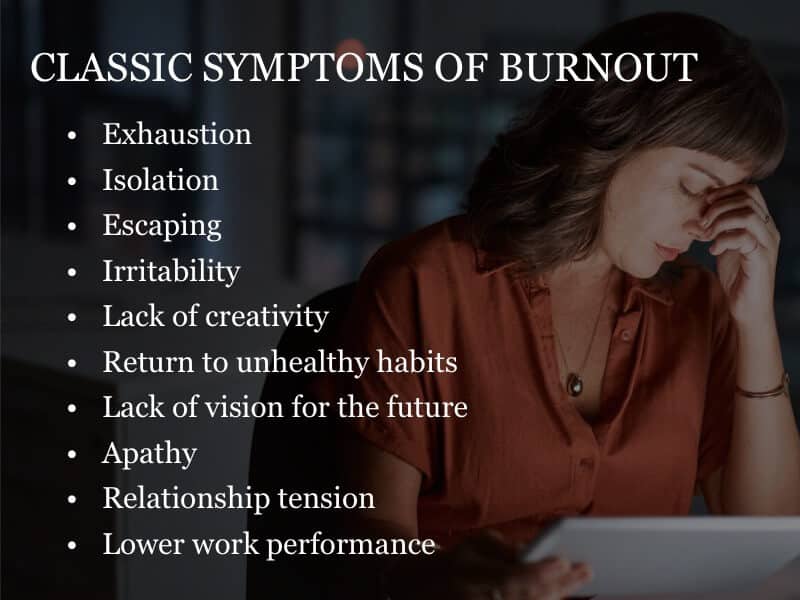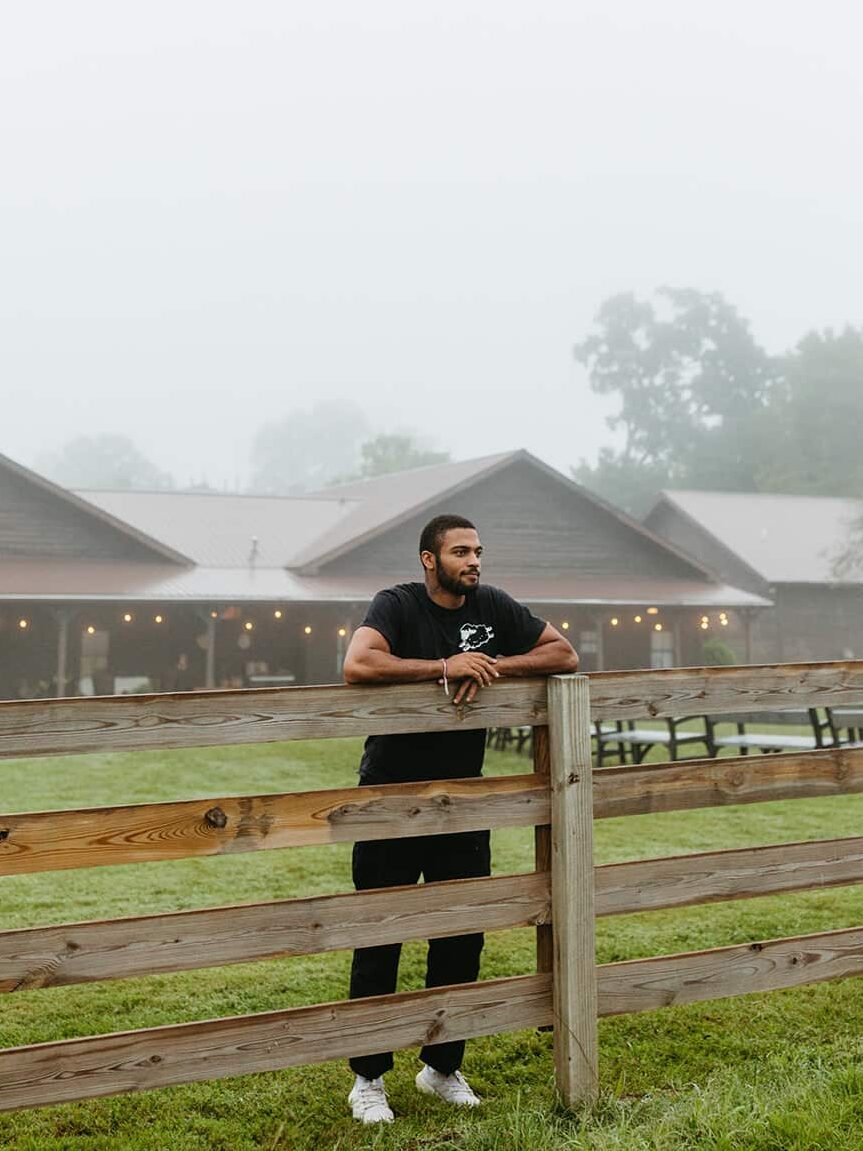5 Steps to Combat Burnout and Go from Surviving to Thriving
Originally posted in collaboration with StyleBlueprint.
The term “burnout” doesn’t just apply to a culture of overwork. You can be burned out on other aspects of your life, too. But life is too short and far too precious to get stuck in that space. We talked to the emotional health experts at Onsite about what burnout can look like, actionable steps for addressing the symptoms, and how to avoid falling victim to future burnout.
“Unaddressed burnout can cost you your job, put strain on your relationships, and affect your self-esteem,” says Austin Houghtaling, Vice President of Clinical Services at Onsite. Houghtaling and the team at Onsite offer tremendous advice on how to break patterns that lead to burnout and live a healthier life overall. It starts with learning to recognize the signs.
Action #1: Identify Your Values
When we’re out of sync with our values, we can feel depleted, aimless, and exhausted. To combat burnout, we have to be honest about what truly matters to us. When we identify our values and align our life to work with our values rather than against them, we can begin to build a life of peace, purpose, and clarity.
Today, take ten minutes to brainstorm what matters most to you. Contemplate your non-negotiables. Not sure where to start? Just start writing! Write about what you care about, the people you love, and your goals. Look for recurring themes and connections. But remember, the goal isn’t for this list to be impressive — the goal is to help you get clear about what drives you.
Action #2: Track (and Observe) Your Time
Spend a few weeks keeping track of the tasks, activities, and rhythms that fill your day. Notice what gives you energy and what drains you. Next, get curious about what it feels like in your body, heart, and mind when you’re nearing exhaustion and burnout. Finally, notice the ties between what fills up most of your time and the values you’ve identified as important.
How much of your time is spent in ways that serve the core values you’ve identified?
The Onsite team likes to say, “You’re a human being, not a human doing,” and “You are more than what you do. You are more than what you produce. You are more than a list of accolades or accomplishments.” We get burned out when we lean more into doing than being. In our fast-paced culture, overworking and overproducing are not only accepted but also celebrated, so it’s easy to overlook the distinction between doing and living.
If you find that your schedule does not align with your values, it might be time for an adjustment.
Action #3: Create Space to Reflect
It would be nearly impossible to read a book without margins, so why would we try to live our lives that way? Carve out time to rest and reconnect with yourself. Use that time to reflect on what you’re noticing.
Not sure where to start? Use these questions as a guide:
- Do you feel like you are in charge of your days, or do you feel like your days are in charge of you?
- Who are you? Who do you want to be?
- Do your values and your schedule feel in conflict?
- What people, places, and activities fuel you?
- What people, places, and activities drain you?
- What are the signs and symptoms of burnout that affect you physically, emotionally, spiritually, and mentally?
RELATED: Say This, and NOT This, to Friends Who Are Struggling
Action #4: Set Boundaries
Once you’ve identified what’s important to you (and what’s getting in the way), you’ll likely have to establish a few new boundaries.
Our culture often thinks of boundaries as disagreeable or selfish, but as Prentis Hemphill once said, “Boundaries are the distance at which I can love you and me simultaneously.” Boundaries help us say “yes” to things that matter and “no” to things that aren’t a priority at the time. Take a few moments to identify boundaries you need to set around your time, capacity, or schedule so you can be more present for what matters to you.
If you have a hard time setting and enforcing boundaries, here are a few phrases that might help:
- Thank you for thinking of me, but that doesn’t work for me.
- I’m not adding anything to my calendar at this time.
- No, thank you.
- I would love to say yes, but I have to say no.
- I’m not available this time.
Action #5: Establish a Routine to Check In With Yourself
You don’t have to wait until you’re burned out to make changes. Intentionally building in these rhythms will prevent future crashes.
Steps to take to prevent burnout:
- Put check-ins on the calendar, and commit to them.
- Make a list of the signs you exhibit when you feel yourself experiencing burnout.
- Make a list of activities and people that refuel you.
- Share those lists with a trusted friend and ask them to check in with you. Burnout thrives in isolation; you don’t have to go through it alone!
- Set limits with technology. For example, try shutting off your phone after 8 p.m. (For more tips on limiting screen time, click here.)
- Schedule breaks for yourself throughout the day, and don’t forget to hydrate!
- Write your values down in a prominent place where you will see them every day.
So often, with burnout and other mental health matters, we wait until we’re in crisis to seek help. Remember, you don’t have to wait until you hit rock bottom to take care of yourself. By showing up for yourself, you can show up for those around you from a place of fullness — rather than exhaustion or obligation.
Take a few minutes to care for yourself this week before burnout and breakdown. You deserve it!














